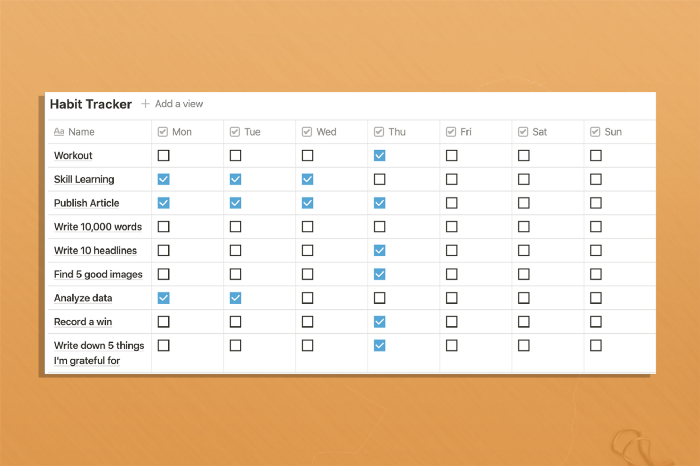Cover Image by the author. Screenshot from the author’s habit tracker, built using Notion.
It’s not all about writing
Last month, as I couldn’t handle looking at my businesses crumble anymore, I made a very important decision that’s set to completely change my life: become a full-time writer.
For all of my professional life, I had been an entrepreneur, a software engineer, and a video game producer. Before January 2018, the only things I’d write on a computer weren’t words, it was code. That January was when I decided to write daily for a month, just so I could improve my written English.
Most of the articles were subpar (in hindsight), but I’ve improved quite drastically. I kept the habit in 2019 and 2020 and now I’m making it my full-time gig.
2020 crushed my two businesses. When I tried to figure out what’s next for me, there was only one thing I loved doing, could get paid for, was pretty good at, and that the world needs — good writing.
Writing is how I’ve consistently generated revenues since 2018. And that was by writing for only an hour a day. And now, with failed businesses and a newborn at my charge, I need more revenue.
So, when I decided to become a full-time writer, I had to think about what that even means. What do they do all day? No one ever told me.
So, I took a day to reflect on what my schedule would look like as a full-time writer. If you’re in the same situation or aspiring to be, I hope it can help guide your reflection on what you think your schedule should look like.
My exact routine as a full-time writer
Habits
What’s an effective routine if not for good habits?! Let’s examine the habits I’m tracking daily:
My weekly habit track on Notion.
These are the things I aim to do daily. Ideally, at the end of the week, everything would be checked. I’ve been using this template for over a year now, but I change the items regularly. For October, these are the habits I’ve settled for.
The hardest one in the list is Write 10,000 words. So far, I haven’t been able to do it. I think it will take me about a month to get into the groove.
I update my Habit Tracker before lunch and at the end of my “workday”.
Work day
Here’s what it looks like for this month:
My daily routine and template, again, using Notion.
The first thing I do when I wake up is to write. That’s when I’m most creative and my mind is sharpest. I’ve been doing that for almost three years now and it has been a game-changer for me. I now write for about 3.5 hours.
Then I do an intense workout.
After my workout (and shower), I practice three skills outside of my main thing. I won’t go into the details for each, but you see them identified with the label Skill.
Before lunch, I do 30–60 minutes of admin tasks.
Then I go for lunch, spend time with my family, power nap, and get back to writing usually around 3 pm.
I stop around 5 pm.
So that’s about 5.5 hours of writing in total.
The research just happens as part of my day-to-day life, based on what I do, what I read, and what I watch.
Daily task details
From the task list above, if I click on a specific task, I can add more details. Here’s what Admin tasks looks like normally:
In the “details page” is typically where I’ll put my to-do lists for each of the bigger items.
Writing headlines
One of the habits I mentioned above is writing headlines. It’s one of the best habits a full-time writer can have. Writing headlines is tough, but also crucial. Becoming good at headlines is one of the best ways to get more views on your stories.
Here’s how I track headlines I come up with:
Headlines from October 1st
The important parts are Viral Potential, Complexity, and Vomit Factor. Here’s what they mean and what I’m aiming for ideally:
Viral Potential: The probability of the article to become a hit.Highwould be around 5–10 percent. Low would be close to 0 percent.Highis what I’m aiming for.Complexity: How much research do I need to do and/or how technical the piece needs to be.LoworMediumis what I’m aiming for.Vomit Factor: How clickbait/unoriginal the headline is. Is it overdone?Lowis what I’m aiming for.
Finding a headline that has viral potential, isn’t complex and doesn’t make me want to vomit is a rare occurrence. I’m hoping that by coming up with 300 headlines every month, I’ll get better at it.
My exact process as a full-time writer
To start with, let me show you this screenshot of my process:
Stories start on the left side and are being moved to the right side as its status changes. Kanban board created with Notion.
Let’s walk through the steps:
Topic Idea: Here is where my favourite headlines go. It’s the start of the process.Evaluation: Here I dig deeper and what I think the article will be about and what are its chances of success.Started: Here I put the stories I started writing. Essentially, my incomplete drafts.To self-edit: Here is where I put my articles that are complete and awaiting final edits from me.Second opinion: Here I put stories I’m done editing and sent to my assistant or another writer to get a second opinion before publishing or submitting to a publication.Done: The story is fully written and edited.For publishing: It’s ready to schedule or send to a publication.Awaiting publication reply: This one only applies to articles sent to publications. This is when I’m waiting for publications to approve or decline my story.Publication replied: This is for when a publication replied positively but hasn’t published the piece yet.Published: At last, the article is live!
A potential addition I could make at the end is shared.
Prior to being a full-time writer, my process was much simpler:
Write
Publish/send to publications
But when you write multiple articles a day and involve publications and reviewers in the mix, it helps to know at which state each story is.
Conclusion
You don’t need to steal my routine and process, but you can get inspired by it and adapt it to your situation. You also don’t need to be a full-time writer to benefit from it.
If you’re a writer, what are your routine and process like?
— Danny
Templates
Writer Toolkit
*You’ll need a free Notion account to use them






